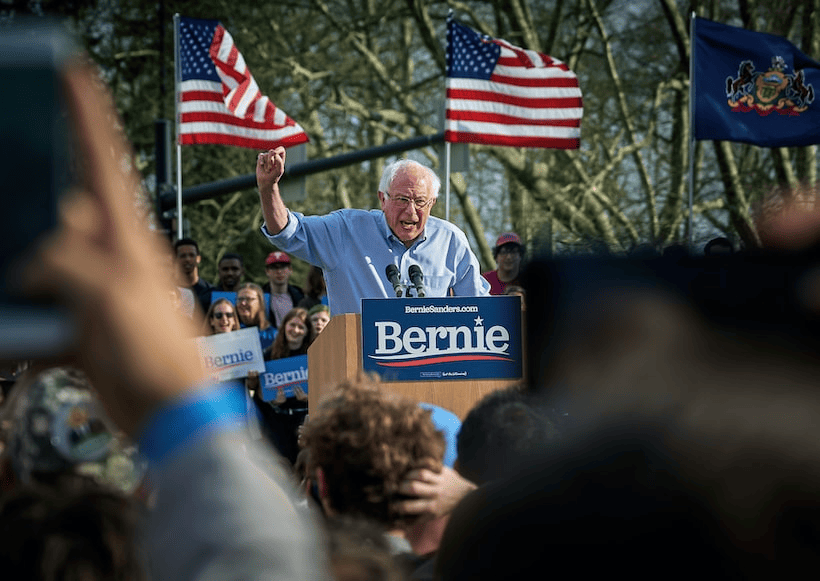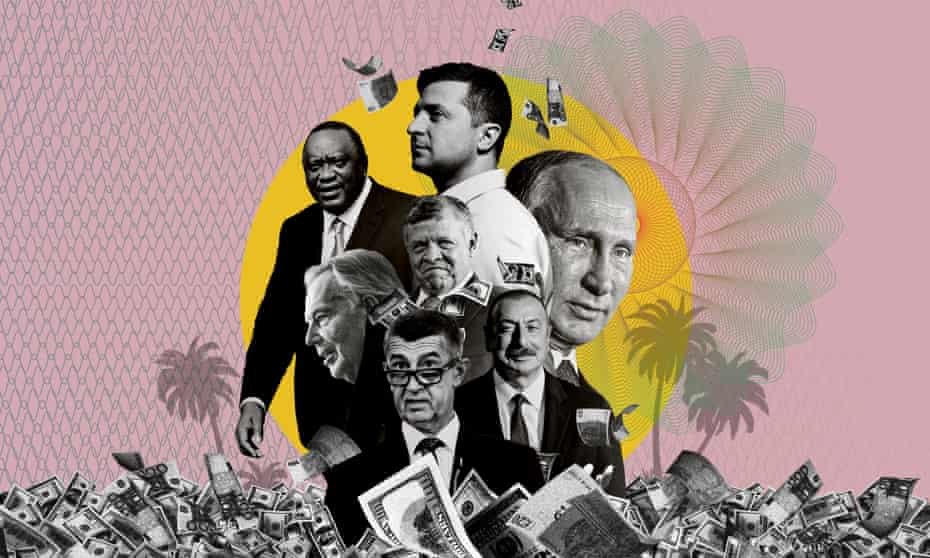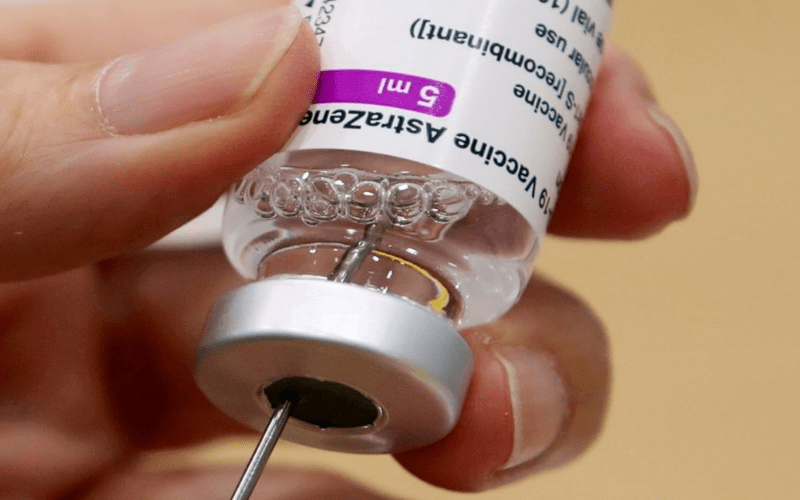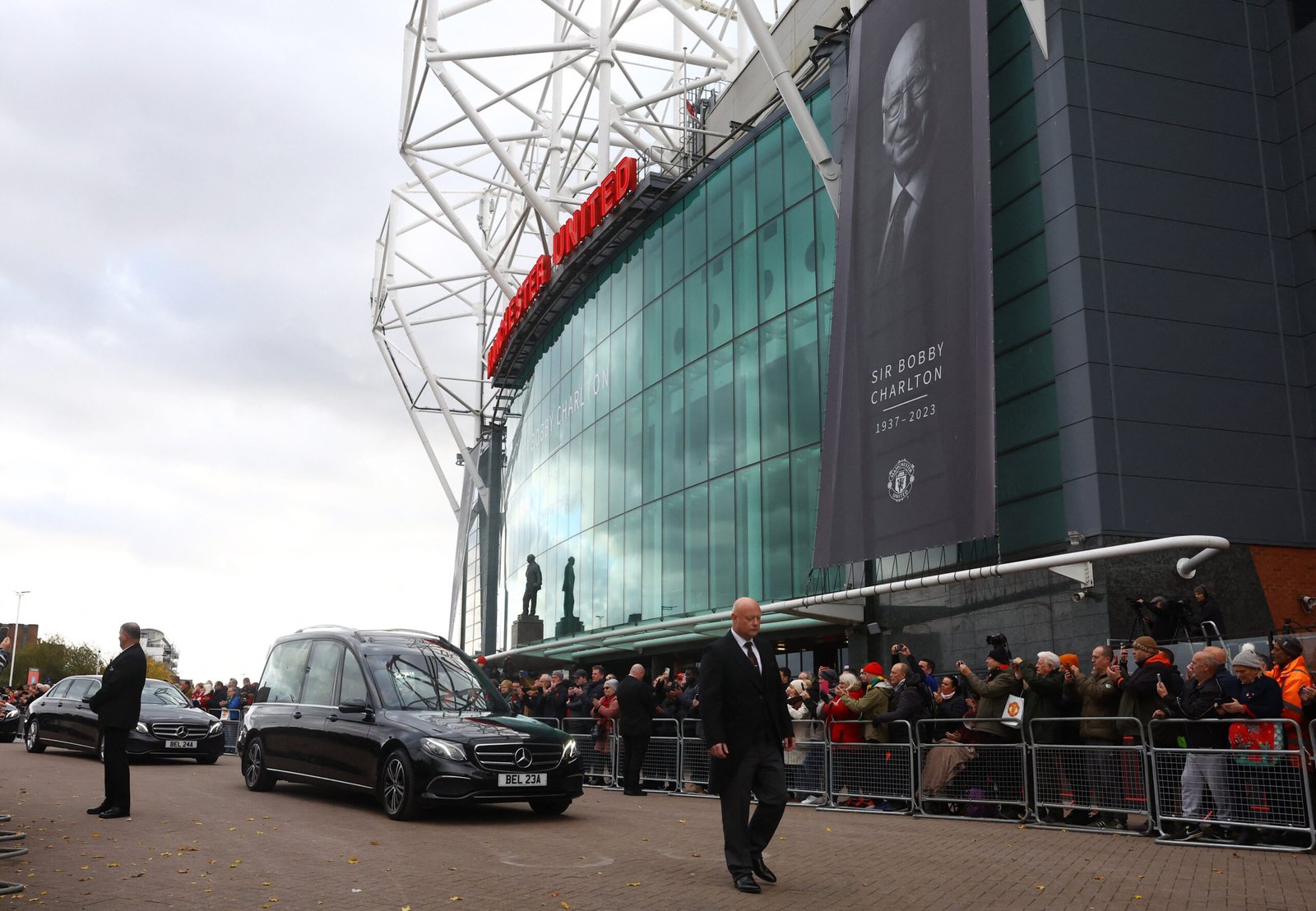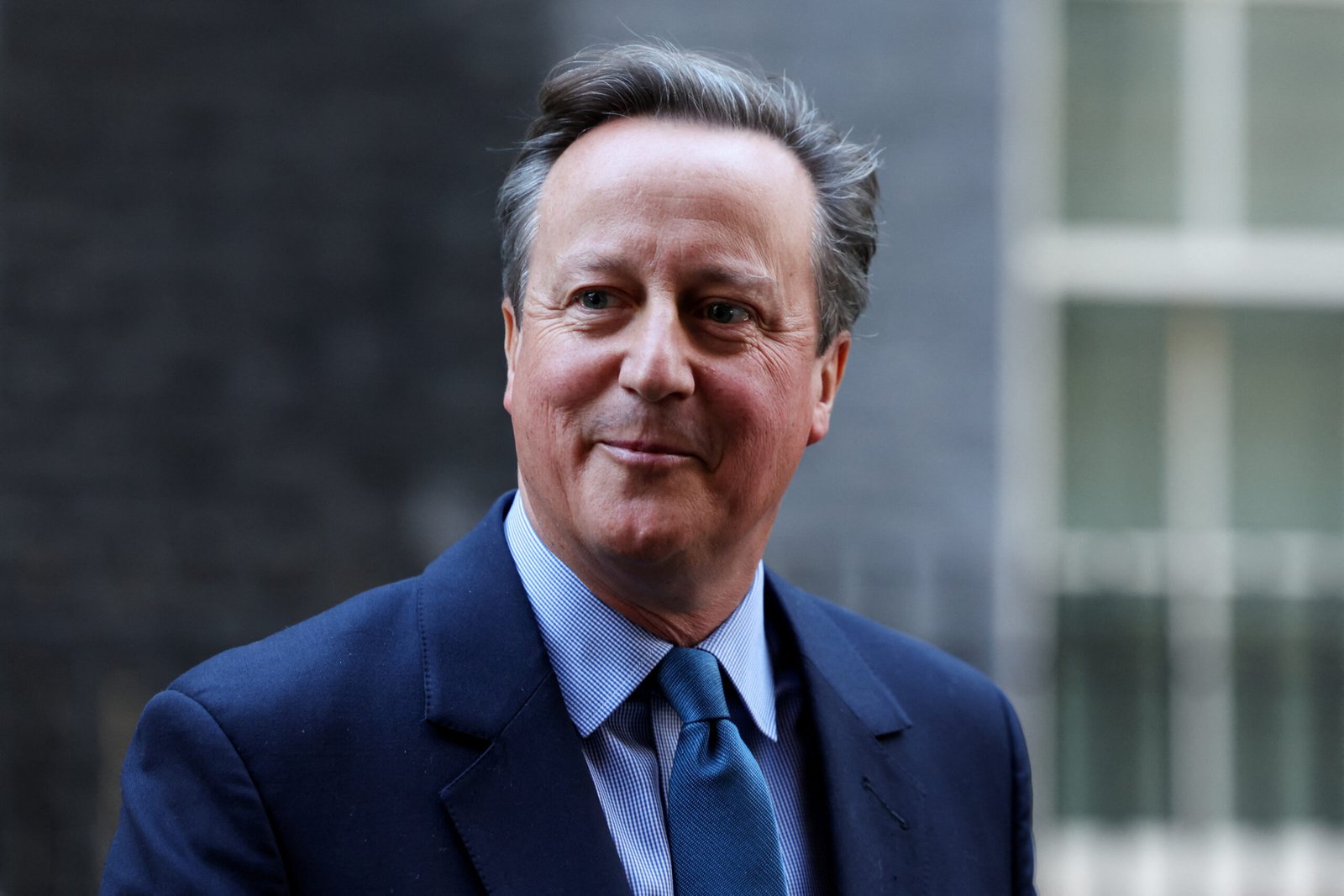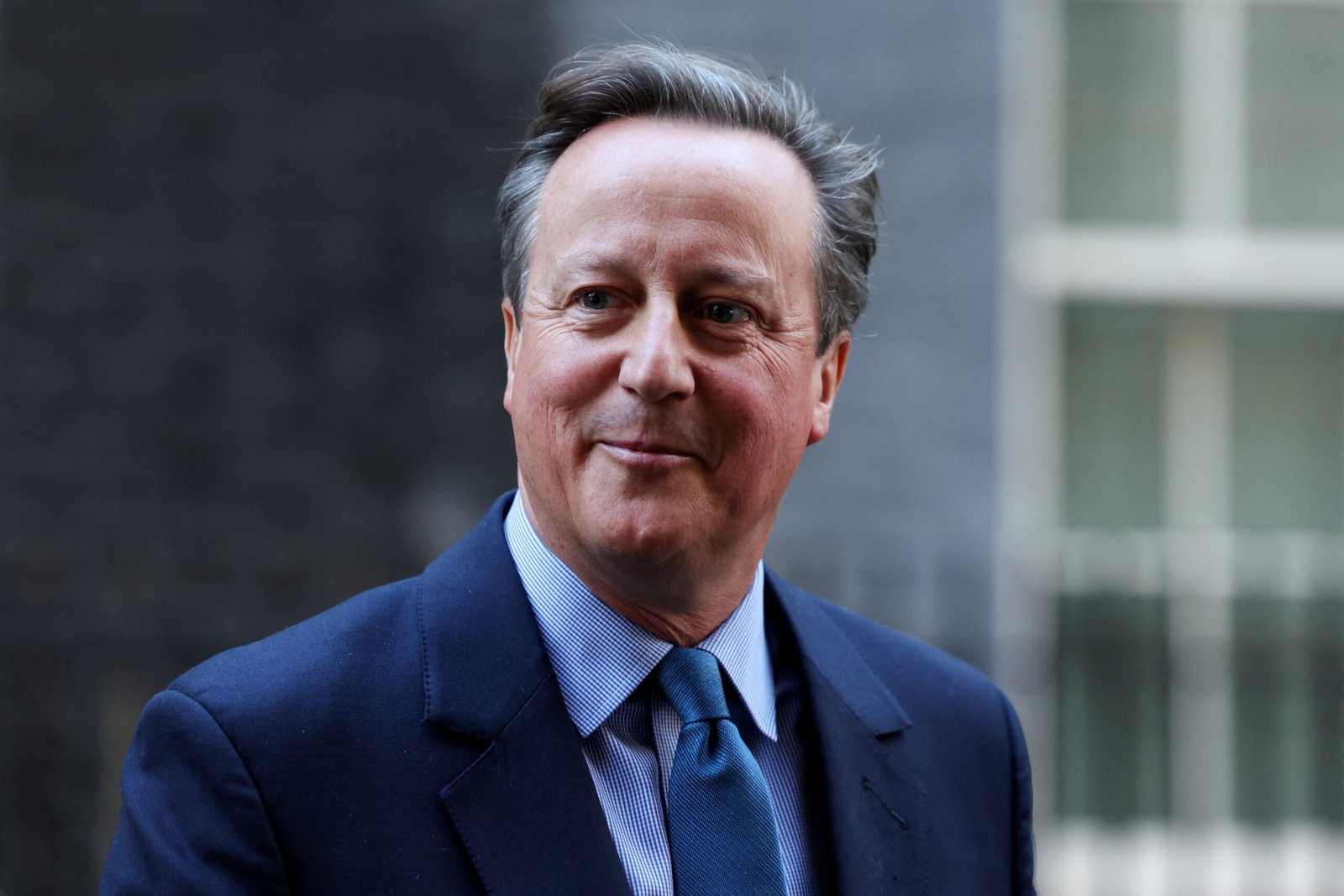THE ROLE OF POLITICAL POLLING IN CAMPAIGNS IN 2023
Can political polling accurately predict the outcome of the 2023 elections? Discover the insights and trends that will shape the role of
KEY TAKEAWAYS
- Political polling is an essential instrument for campaigns to comprehend voter preferences and campaign behavior.
- Reliable polling data may inform campaign strategies and aid in focusing on certain demographic segments.
- Voter behavior and election outcome may both be affected by political polling.
- In 2023, political polling will change due to the introduction of cutting-edge technology like social media and big data analytics.
- Effective campaign strategies and election outcome forecasting depend on accurate polling data.
- One of the difficulties confronting political polling in 2023 is the decline in response rates and the increasing polarization of politics.
- The outcome of elections will continue to be significantly influenced by political polling in the future.
INTRODUCTION
Understanding public opinion is important in the field of politics. Data on public opinion and voting patterns are gathered using the method of political polling. Insights from this approach help candidates better understand their prospective supporters and develop winning strategies.
Political polling has grown more significant in recent years, especially in the months leading up to elections. Moreover, political polling will play a crucial role in 2023 in shaping the election outcome. Therefore, it is crucial to understand the importance of political polling and its impact on the election outcome as we look ahead to the approaching elections.
The definition of political polling must first be given. At its essence, political polling is a method of data collecting used to understand public opinion on political topics. It involves posing a series of questions to a sample of individuals, generally through surveys or other communication channels, and then evaluating the results to make conclusions about the larger population.
It is impossible to exaggerate the importance of political polling in campaigns. Campaigns in the current political context need a thorough understanding of their prospective voters. Voters’ top concerns, driving forces, and the factors impacting their vote must be understood. Insights from political polling help campaigns develop persuasive messaging, zero in on their ideal voters, and devise successful strategies.
The political scene in 2023 is vibrant and intricate. Economic circumstances, social concerns, and foreign policy are only a few factors that will affect the election outcome. Political polling may assist campaigns in understanding the impact of these factors on voter behavior and altering their strategies appropriately. Campaigns can adjust to changing priorities and remain ahead of the competition by analyzing changes in public opinion over time.
This article examines the importance of political polling in election campaigns and its impact on the 2023 election outcome. We will better understand this important instrument by examining the many kinds of political polling, the methods used in political campaigns, and the applications of political polling in political campaigns. We will also examine the trends and difficulties that political polling will face in 2023 and how they will affect the election outcome.
In conclusion, political polling is essential for understanding public opinion and shaping campaign strategies. It enables campaigns to zero in on relevant audiences, develop compelling arguments, and remain one step ahead of the pack. As we look ahead to the 2023 campaigns, it is apparent that political polling will play a big role in shaping the outcome of the elections. We may better equip ourselves to make educated judgments and fully engage in the democratic process by understanding the importance of political polling and its impact on the election outcome.
UNDERSTANDING POLITICAL POLLING
Political polling is a vital instrument for gauging voter sentiment and motivation in political campaigns. Political strategists may better understand how voters feel about certain issues, their voting preferences, and the candidates they are most likely to support with the use of polling data. This article will examine political polling in further detail, including its definition, sample size, types, and techniques.
Political polling is interviewing a sample of people to learn about their political opinions, voting preferences, and behavior. Political campaigns employ polls to understand the electorate and create a winning strategy. Tracking polls, exit polls, and benchmark polls are only a few examples of the many polling methods. Each poll type has a function, and campaigns utilize it to gather various insights into the electorate.
Tracking polls are used to assess changes in public opinion over time. Campaigns utilize these polls to monitor the impact of their messaging and understand which issues are resonating with voters. Exit polls are surveys taken after voters have cast their votes; they reveal interesting trends in voting across demographics. Campaigns utilize this information to understand their supporters.
At the outset of a campaign, benchmark polls are used to gauge initial levels of support. These polls assist campaigns in understanding which candidate has the edge and which issues are most important to voters. Campaigns may use this information to create powerful messages and target specific audiences.
Depending on the type of poll and the research topic being answered, the techniques employed in political polling may vary. Random sampling, stratified sampling, and online surveys are some of the most popular sampling techniques. To ensure that everyone has an equal chance of getting chosen, random sampling entails randomly picking a sample of people from a larger population. Stratified sampling draws a sample from each population segment based on shared characteristics such as age, gender, or socioeconomic status. Internet surveys are becoming more popular since they are cost-effective and can be performed fast.
The sample size is a significant issue in political polling. The findings will be more reliable with a greater sample size. If the sample differs from the population, the margin of error may be larger.
USE OF POLITICAL POLLING IN CAMPAIGNS
Political campaigns are difficult operations, and polling data plays an important part in shaping their strategies. For example, campaigns may use polling to determine public opinion, comprehend voter preferences and behavior, and pinpoint the most important issues influencing voters’ behavior. In this part, we will examine case studies of successful campaigns that made good use of polling data to guide their strategies and target specific demographic groups.
One of the key ways that political campaigns utilize polling data is to guide their strategies. Campaigns may determine which issues resonate with voters by studying polling data, and they can then adjust their messaging appropriately. For example, if polling data reveals voters are most worried about healthcare, a campaign can focus its messaging on its candidate’s promise to expand access to affordable healthcare. In addition, campaigns may use polling data to determine which states or areas to focus on and where to invest resources like staff and advertising budgets.
Voter opinions and behavior are heavily influenced by polling. Using polling data, campaigns may determine which voter segments will be easiest to convince to back their candidate and which will be the most resistant. For example, suppose polling data suggests that a candidate is losing support among female voters. In that case, the campaign may adjust its messaging to focus on issues especially important to women, such as equal pay or reproductive rights.
Using polling data, campaigns can better understand how voters will likely act on Election Day. For example, campaigns may learn how various demographic groups are voting by conducting exit surveys, and they can then adjust their messaging appropriately. For example, if exit polls suggest that young voters are coming out in bigger numbers than predicted, a campaign could adjust its messaging to appeal more forcefully to this demographic.
Campaigns may tailor their messaging to specific demographic groups’ preferences and voting habits using polling data. For example, a campaign could focus its outreach efforts on Hispanic neighborhoods, with specialized advertising and events created to appeal to this demographic, for instance, if polling data suggests that a candidate is especially popular among Latino voters.
Swing voters, or those who are undecided or on the fence about a candidate or party, may be identified by campaigns using polling data. Therefore, campaigns should focus their messaging on issues that are especially important to swing voters by recognizing them and seeking to persuade them to support their candidate by identifying them.
Several effective political campaigns have used polling data to guide their strategies. For instance, Obama’s presidential campaigns in 2008 and 2012 employed extensive polling to identify swing voters and target specific demographic groups.
Obama’s 2008 campaign employed polling data to identify important demographic groups expected to support him, such as young voters and Black Americans. They also utilized polling to determine which states to focus on and how to distribute resources like staff and advertising funds.
In the 2012 campaign, Obama’s team utilized polling data to identify swing voters and focus on specific issues that were especially important to them, such as healthcare and women’s rights. They also employed polling to test alternative messaging and ad campaigns to determine which were most successful in influencing voters.
In general, political polling is a crucial component of contemporary campaigns. Campaigns may utilize polling data to guide their strategies and focus on specific demographic groups by offering strong voter preferences and behavior insights. Observing how campaigns utilize polling data to tailor their messaging and appeal to voters as we approach the 2023 elections will be fascinating.
IMPACT OF POLITICAL POLLING ON ELECTION CAMPAIGNS
Insights into voter preferences and voting patterns are provided through political polling, which has become a crucial component of election campaigns. Polling data may influence election outcomes, making it an essential part of contemporary campaigns.
Voter behavior and polling data
In several ways, polling data may affect voter behavior. Secondly, it offers information on the topics that matter most to voters, enabling campaigns to target their messaging to certain voter groups. Moreover, polling data may show candidates’ strengths and shortcomings, enabling campaigns to adjust their strategies appropriately.
Predicting election results with polling data
Many political analysts base their predictions of election victors on polling data, vital for forecasting election results. Public opinion changes may be seen in polling data, showing where a politician is gaining or losing support. Campaigns may use this information to adjust their strategies and concentrate their efforts on important voter groups.
Choosing campaign strategies requires reliable polling data.
For campaigns to develop their strategies, accurate polling data is crucial. Campaigns run the risk of squandering money on ineffective strategies without accurate data. Inaccurate polling data may also offer campaigns a false feeling of security, leading them to ignore vital voter groups and significant areas of weakness.
Inaccurate polling data may significantly impact the outcome of an election since it can cause campaigns to make poor decisions. For instance, if a campaign bases its messaging on inaccurate polling data from important voter groups, it risks alienating the public. Moreover, inaccurate polling data may offer campaigns a false feeling of security, leading them to ignore areas of weakness and underestimate their opponents.
TRENDS IN POLITICAL POLLING IN 2023
As technology and culture progress, the practice of polling must also change. Political polling has been vital in shaping election campaigns for many years. We expect some developments in 2023 that will impact how campaigns use polling data to inform their strategies.
One of the most significant advances in political polling is the rise of new technologies like social media and big data analytics. These technologies are changing how campaigns gather and analyze polling data, allowing them to better understand voter behavior and preferences.
Social media has become more important for political campaigns because it can engage people directly and gather data on their preferences and actions. In previous elections, social media platforms like Facebook and Twitter have already played a considerable role, and we can expect this trend to continue in 2023.
Big data analytics is another innovative technology changing the face of political polling. By analyzing vast amounts of data from several sources, campaigns may better understand voter behavior and preferences, allowing them to tailor their messaging and strategies to specific groups.
As the demographic makeup of the voting population in the United States changes, it becomes increasingly difficult for polling to play a predictive role in predicting election outcomes. Nevertheless, we expect to see campaigns employ polling data in 2023 to better understand how different demographic groups are likely to vote and tailor their messaging and targeting strategies accordingly.
Campaigns may use polling data to determine which problems are most important to certain demographic groups and then tailor messaging to them. They may also use polling data to identify the groups most likely to back their candidate on election day and focus on getting those voters out.
Even with the obvious benefits of political polling, the practice faces some obstacles. As fewer people respond to surveys, declining response rates are a serious problem. This might lead to less reliable polling data and make it more difficult for campaigns to make decisions.
Another problem that polling must address is political polarization. If the country becomes more polarized along political lines, it may become more difficult for pollsters to assess the sentiments of different demographic groups accurately. This might lead to inaccurate polling data and make it more difficult for campaigns to develop effective strategies.
CONCLUSION
In each political campaign, political polling is an essential instrument. The concept of political polling and its importance in campaigns have been explored in this article. We also looked at the many kinds and methods used in political polling, highlighting the importance of sample size.
We have also explored how political campaigns utilize polling data to direct their plans and focus on certain demographic groupings. Finally, we have also examined examples of successful campaigns that made good use of polling data.
It is impossible to exaggerate the impact of political polling on election results. Voter behavior is influenced by polling data, which also aids in predicting election results. But, as we have seen in previous elections, erroneous polling data may significantly affect election campaigns.
In 2023, we may anticipate that rising technologies like social media and big data analytics will significantly impact political polling. But, unfortunately, political polarization and diminishing response rates further obstruct political polling.
Political polling is still integral to every political campaign, and campaigns must properly employ polling data. However, campaigns may better prepare for the election and improve their chances of victory by recognizing the trends and difficulties confronting political polling in 2023.

